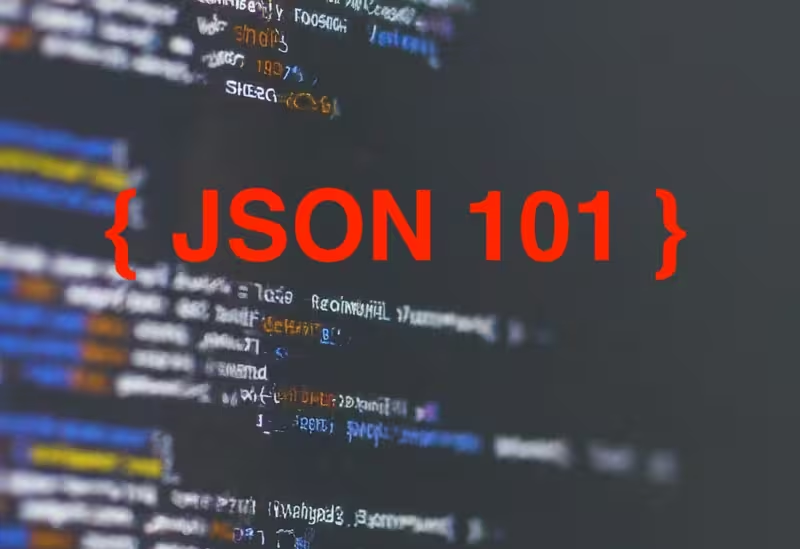In today’s digital age, data is everything. And when it comes to exchanging data between web servers, web applications, and mobile apps, there’s one language that reigns supreme: JSON.
What is JSON?
JSON (JavaScript Object Notation) is a lightweight, easy-to-read data interchange format that has become the standard for web development. It’s a way to represent data in a format that’s both:
Human-Readable: JSON data is written in a simple and straightforward style, making it easy for humans to read and understand. It uses familiar concepts like objects, arrays, and strings, making it intuitive to work with.
Machine-Readable: JSON data is written in a structured format that machines can easily parse and understand. This makes it ideal for data exchange between web servers, web applications, and mobile apps.
JSON has become the de facto standard for web development due to its simplicity, flexibility, and platform independence. It’s widely used for:
- Data exchange between web servers and web applications
- Storing and retrieving data in web storage and databases
- Configuring and setting up applications and services
- Representing data in web APIs and microservices
JSON’s popularity stems from its ease of use, flexibility, and ability to be easily parsed and generated by both humans and machines.
JSON Basics
JSON data is composed of three main components:
Objects
- Collections of key-value pairs
- Denoted by curly braces
{}(also called braces or curly brackets) - Keys are strings, and values can be any type of value, including strings, numbers, booleans, arrays, and other objects
- Example:
{"name": "John Doe", "age": 30, " occupation": "Software Engineer"}
Arrays
- Ordered lists of values
- Denoted by square brackets
[](also called brackets or square brackets) - Values can be any type of value, including strings, numbers, booleans, objects, and other arrays
- Example:
["apple", "banana", "orange"]or[1, 2, 3, 4, 5]
Values
- Strings: sequences of characters, denoted by double quotes
""(e.g., “hello”, “goodbye”) - Numbers: integers or floating-point numbers (e.g., 42, 3.14)
- Booleans: true or false values
- Null: a special value indicating the absence of any object value (denoted by the keyword null)
- Objects: collections of key-value pairs (as described above)
- Arrays: ordered lists of values (as described above)
These components can be combined in various ways to represent complex data structures, making JSON a versatile and widely-used data format.
JSON Syntax
- Objects :
{ "key": "value", "key2": "value2" } - Arrays :
[ "value1", "value2", "value3" ] - Values :
"string",123,true,null
Example of a valid JSON
{
"name": "John Doe",
"age": 30,
" occupation": "Software Engineer",
"address": {
"street": "123 Main St",
"city": "Anytown",
"state": "CA",
"zip": "12345"
},
"interests": [
"reading",
"hiking",
"playing guitar"
]
}Advantages of JSON
- Easy to read and write : JSON data is human-readable and easy to understand. You can use an online JSON Formatter to make your JSON more readable.
- Platform-independent : JSON can be used with any programming language, on any platform. This is especially helpful during API design.
- Fast and efficient : JSON data is lightweight and fast to transmit.
Real-World Applications of JSON
- Web APIs : JSON is used to exchange data between web servers and web applications.
- Mobile apps : JSON is used to store and transmit data in mobile apps.
- Web development : JSON is used to store and manipulate data in web applications.
Conclusion
JSON has become an essential part of web development, and its popularity continues to grow. Its simplicity, flexibility, and ease of use make it the perfect choice for data exchange and storage. Whether you’re a seasoned developer or just starting out, understanding JSON is crucial for success in today’s digital landscape.
Resources
- JSON.org : The official JSON website, with tutorials, examples, and resources.
- W3Schools : A comprehensive guide to JSON, with examples and tutorials.
- MDN Web Docs : Mozilla’s JSON documentation, with examples and tutorials.






